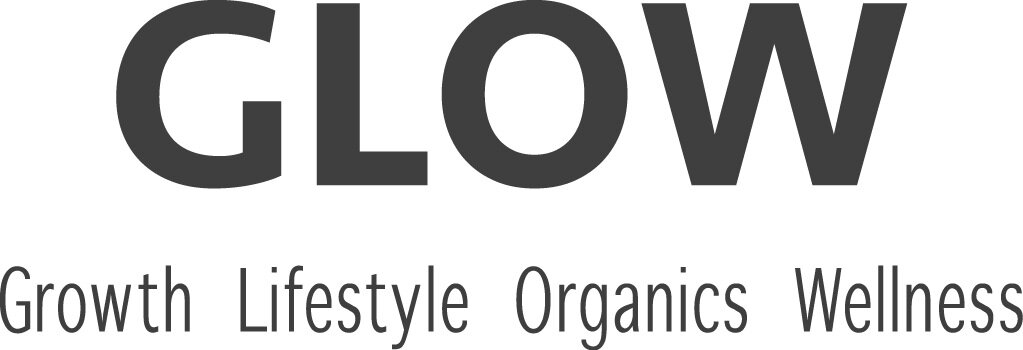Ingredients:
Unsalted butter (not butter-like spreads)
I recommend using 3-4 blocks of butter to make lots od ghee in one go as it doesn’t go off.
Method:
Place butter in a pot on medium heat. From the moment it starts to bubble, simmer for around 30-40 minutes, do not cover. Initially, the butter will have frothy foam on top.
Towards the end, the foam will change its consistency to more dry. This is when you can remove it (use a small sieve or spoon).
Take off the heat when no more foam comes to the top and set aside for 10 minutes so that all milk solids sink to the bottom.
Slowly pour the golden ghee into a jar. Discard the solid residue that has settled at the bottom.
Note:
The butter will darken during cooking.
Heat that is too low will be too weak for the butter to simmer and the butter will be stubborn to clarify.
About ghee
Ghee is butter that has been simmered and clarified by evaporation of water and removal of milk solids (sugar lactose, protein casein and some minerals). Since it is pure fat, most people with milk allergy or lactose intolerance can still enjoy ghee.
It is a superfood and one of four main fats that I use for cooking. Saying that, it works best for people who generally have a good metabolism and can digest saturated fats ok. On weight loss plans, it is advisable not to combine ghee with starchy carbohydrates.
I’m not a fan of the flavour of shop bought ghee so I always make my own. It is easy, makes ghee smell of shortbread and is a lot cheaper, too.
My favourite ways to use ghee:
scrambling eggs
roasting chicken and turkey
adding it to liver pâté
in Indian curries
sautéing mushrooms
stirring into porridge and kitchari
making pancakes and French toast
over cooked vegetables
in vegetable or potato purée
Why you should introduce ghee into your diet:
kindles the “digestive fire”, in other words is enhances digestion and absorption of nutrients
supports toxin removal
lubricates and moistens tissues
less mucus producing than butter
supports hormonal health, immunity and the nervous system
in Ayurvedic medicine it is commonly used for constipation and ulcers
rich in fat soluble vitamins A, D, E and K2, vital longevity nutrients
rich in well balanced omega 3, 6 and 9 fatty acids; balanced fatty acids fight inflammation
source of conjugated linoleic acid (CLA) which supports immunity, fat burning and fights inflammation. It is especially protective to the cardiovascular system
even though it contains only around 4% of butyric acid, it is still the richest source. Butyrate is an anti-cancerogenic short chain fatty acid which nourishes the cells, especially the large and small intestine
has a high smoke point, making it perfect for cooking
doesn’t require refrigeration for up to three months; keeps for 1 year in the fridge
When not to use ghee:
If you still get allergy symptoms, feel congested, have postnasal drip, mucus or white discharge after eating ghee, you will most probably do best by removing all dairy.

